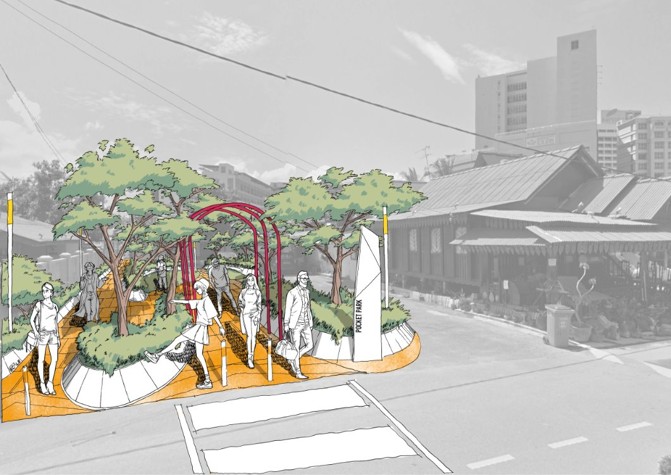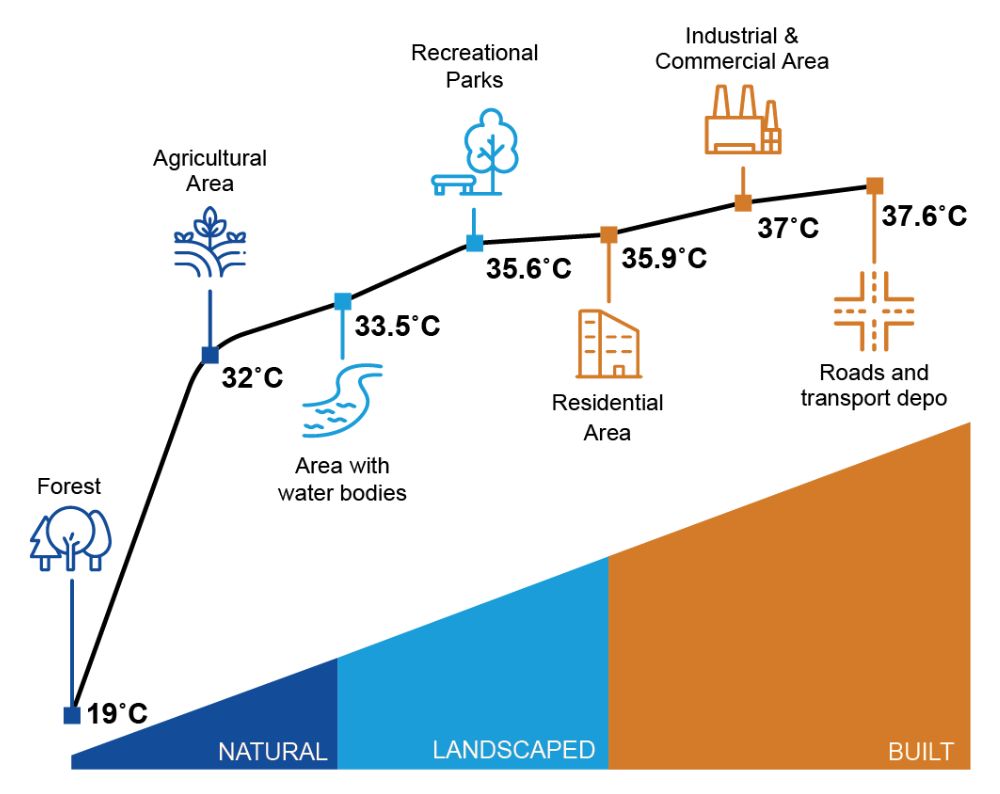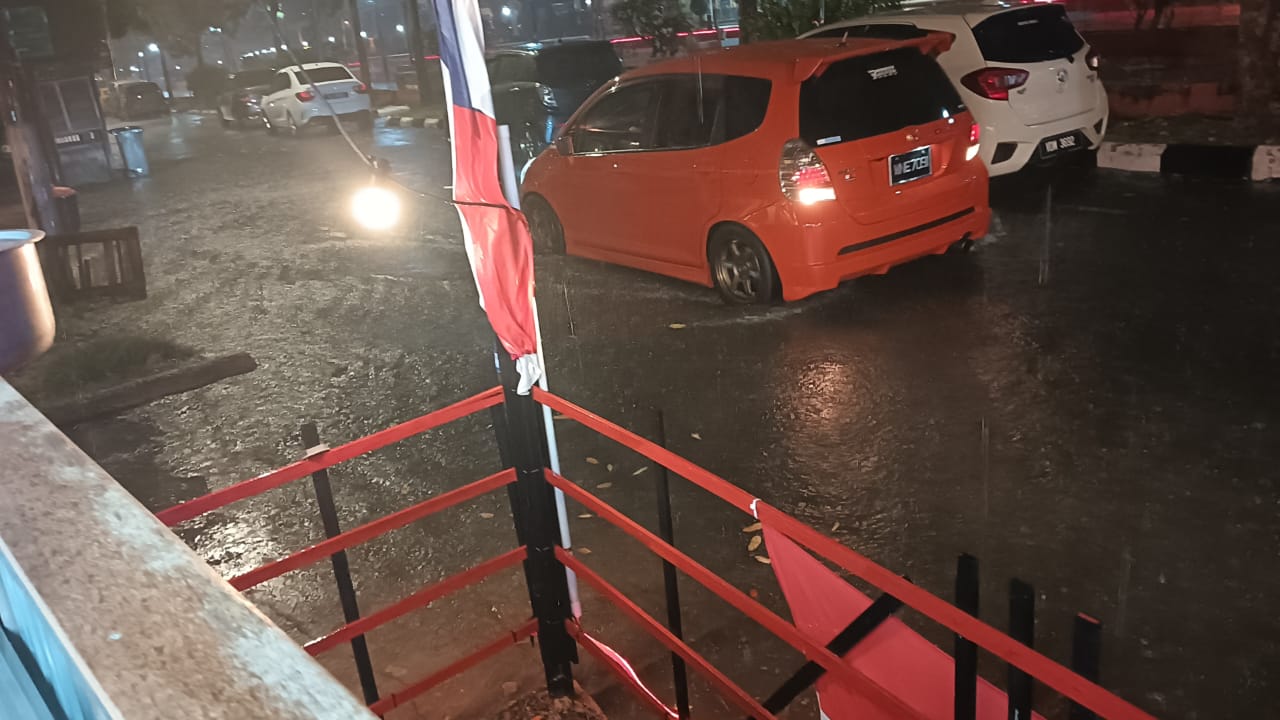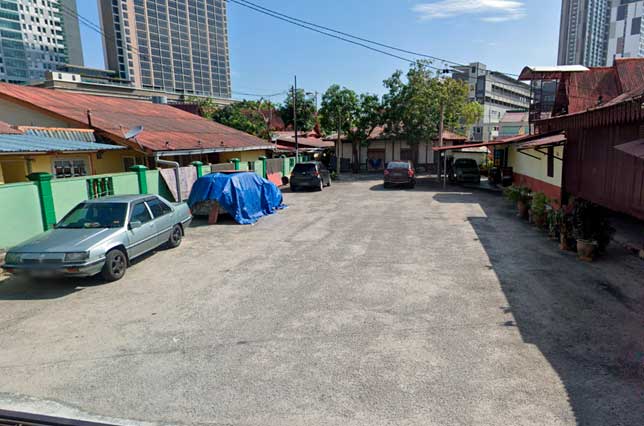Access to Nature
Up to 600 residents will have a new shaded park to gather and cool down.
A city-owned plot is being transformed into a welcoming green space where neighbours can gather, rest and cool down.
A central site is being redesigned into a pocket park for the community.
New trees and greenery will reduce heat and provide much-needed shade.
The park will offer a safe, inviting space for leisure, play and connection.
To build a picture of each community, the Resilience for Communities (R4C) program used risk mapping, open-data sources, expert interviews, community surveys and focus groups. This assessment used the Climate Resilience Measurement for Communities (CRMC) tool to assess community resilience to extreme heat and flooding - helping to identify priorities and design solutions.
Sources of resilience — A shared green space strengthens the community’s social, natural, and physical capital.
A shared space that strengthens bonds between neighbours and supports cultural life.
Tree cover and permeable surfaces help cool the area and absorb rainwater.
New public infrastructure improves daily liveability and comfort.
Impact multipliers — Resilience solutions have a different mix of impact multipliers and impact multiple systems, businesses and societies. Together, multipliers produce anamplified impact.
Improved public health
Shade and green space lower heat stress and support wellbeing.
Increased community cohesion
A safe, inclusive space for gatherings and events.
Access to cool spaces
A public place to escape heat, especially for older residents.
Enhanced biodiversity
Planting native trees and greenery supports local ecosystems.
How does this solution make a difference? – Addressing prioritized shocks and stresses
Heat
Flooding
Lack of open space
Cooling the community
Kampung Morten has few shaded public spaces, and older adults and children are especially exposed to heat when spending time outdoors. By adding tree cover, shaded seating and greenery, the pocket park lowers local temperatures and provides a safe place to rest and gather.
Demonstrating nature-based solutions
Flooding from the Melaka River often leaves streets and open areas waterlogged. By using permeable surfaces and planting, the park manages rainwater locally and shows how community spaces can integrate simple, nature-based designs to reduce flood risks.
Creating spaces to connect
With limited shared facilities in Kampung Morten, opportunities for neighbours to interact are often tied to formal or indoor gatherings. The new pocket park offers a welcoming outdoor space for leisure, cultural activities and informal connection, strengthening social cohesion and daily liveability.
Melaka's Relative Surface Temperature by Land Cover (Source: Community Heat Assessment, Nanyang Technological University, 2024)
Flooding on a Residential Street In Kampung Morten During Heavy Rainfall (Source: Photo provided by a community member of Kampung Morten, 2024)
Potential pocket park location in Kampung Morten (before) (Source : Urban SCALE, 2025)



